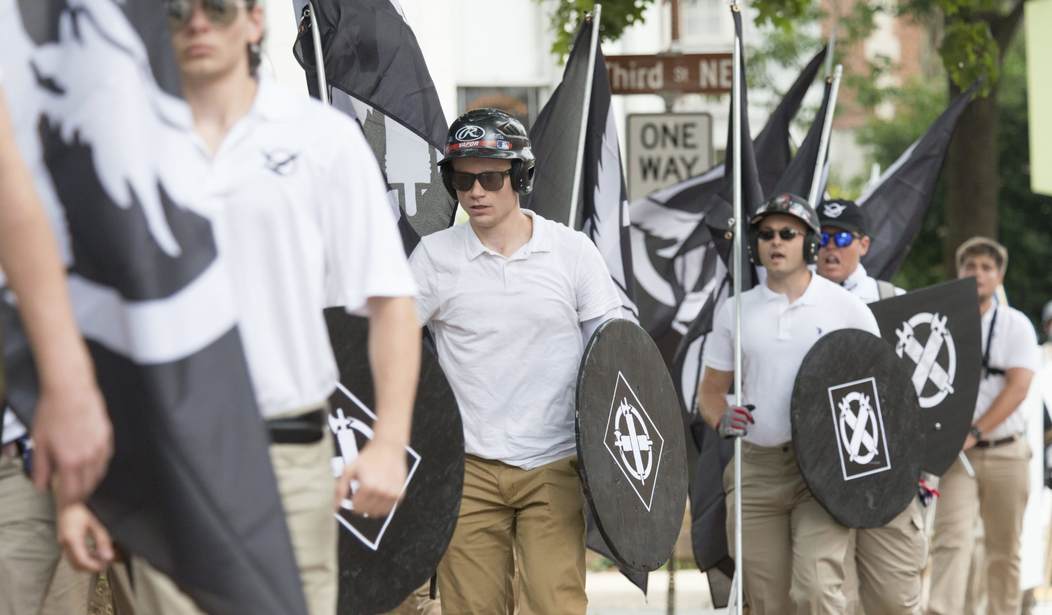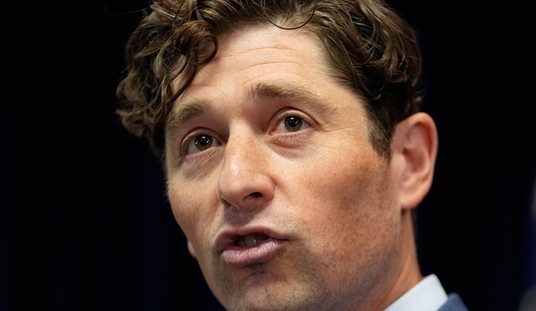The New Jersey Office of Homeland Security and Preparedness said that “white supremacist extremists continue to leverage social media to communicate, organize, and spread propaganda, despite the efforts of mainstream social media companies to remove extremist content from their online platforms.”
In an open-source intelligence note released Monday, NJOHSP noted that internet companies began to crack down on white supremacist extremist accounts after the August 2017 “Unite the Right” rally in Charlottesville, Va., at which one counterprotester was killed.
Organizers of the “Unite the Right 2” rally scheduled for Sunday across from the White House have been using Facebook chat since at least May to plan the event.
“In August 2017, a US-based web hosting company removed the Daily Stormer—a popular neo-Nazi and white supremacist extremist website—from its servers, following a derogatory article written on the website,” NJOHSP added. “Since its removal, the Daily Stormer maintained a presence on the Dark Web but struggled to return to the mainstream Internet until February, when it reappeared under a new domain.”
NJOHSP said that last year Gab, which has “gained popularity among white supremacist extremists to communicate and spread propaganda online,” contained “2.4 times the concentration of hate speech when compared to Twitter.”
A recent research brief by the National Consortium for the Study of Terrorism and Responses to Terrorism found that 86.75 percent of all U.S. extremists use social media as a recruitment and radicalization tool and “as a way to consume content and communicate among extremists.”
The report said social media played a primary role in radicalization in 19 percent of Islamist extremist cases, 2 percent of far-right extremism cases and no far-left extremist cases. Social media played a secondary role in the radicalization process in more than 48 percent of Islamist extremist cases, nearly 41 percent of far-right extremist cases, and nearly 37 percent of far-left extremist cases.
“From 2005-2016, Islamist extremists were, by a large margin, the group most likely to engage with social media as a primary means of consuming extremist content or communicating with other extremists,” found the report. “By comparison, individuals associated with extremist far-right, far-left, and single-issue movements most frequently used social media to supplement face-to-face or group-based radicalization processes.”
Taking into account all extremists, Facebook was the most popular site to spread propaganda or network followed by YouTube, Twitter, personal blogs and MySpace. From 2005 to 2016, more than 10 percent of extremists used an encrypted platform such as Telegram, Kik, and WhatsApp.
“However, it is likely that as mainstream social media services (e.g., Facebook, YouTube, Twitter, etc.) continue to improve their capability to quickly detect extremist content, more extremists will move to less well-resourced and/or encrypted platforms in an effort to share content, engage with others, and increase their operational security,” researchers noted.
Far-right extremists “participated in extremist dialogues at a greater rate” than Islamists or far-left extremists, the brief said, and “were also substantially more likely to actively create content” than the two other groups.
“Of those individuals who did use social media to help plan a domestic terror plot, 11 were far-right extremists, 10 were Islamist extremists, and 2 were far-left extremists,” the report continued. “Islamists were far more likely to use social media to facilitate travel to a foreign conflict zone than to plan a domestic terror attack (25.99% compared to 5.65%). Islamist extremists also more commonly used social media platforms to establish a relationship with like-minded individuals (24.86%).”
Ten percent of extremists who have used social media to “plan, finance, or conduct” domestic terror attacks successfully carried out the plots.









Join the conversation as a VIP Member